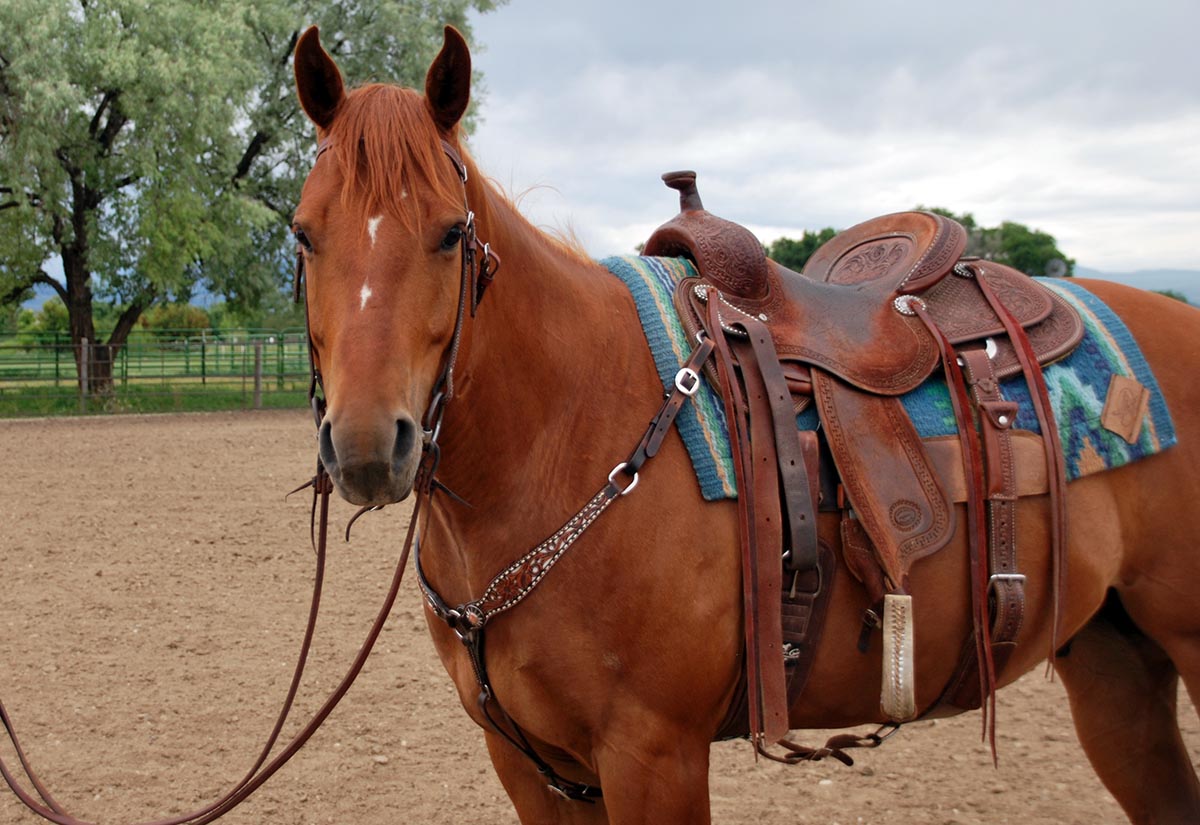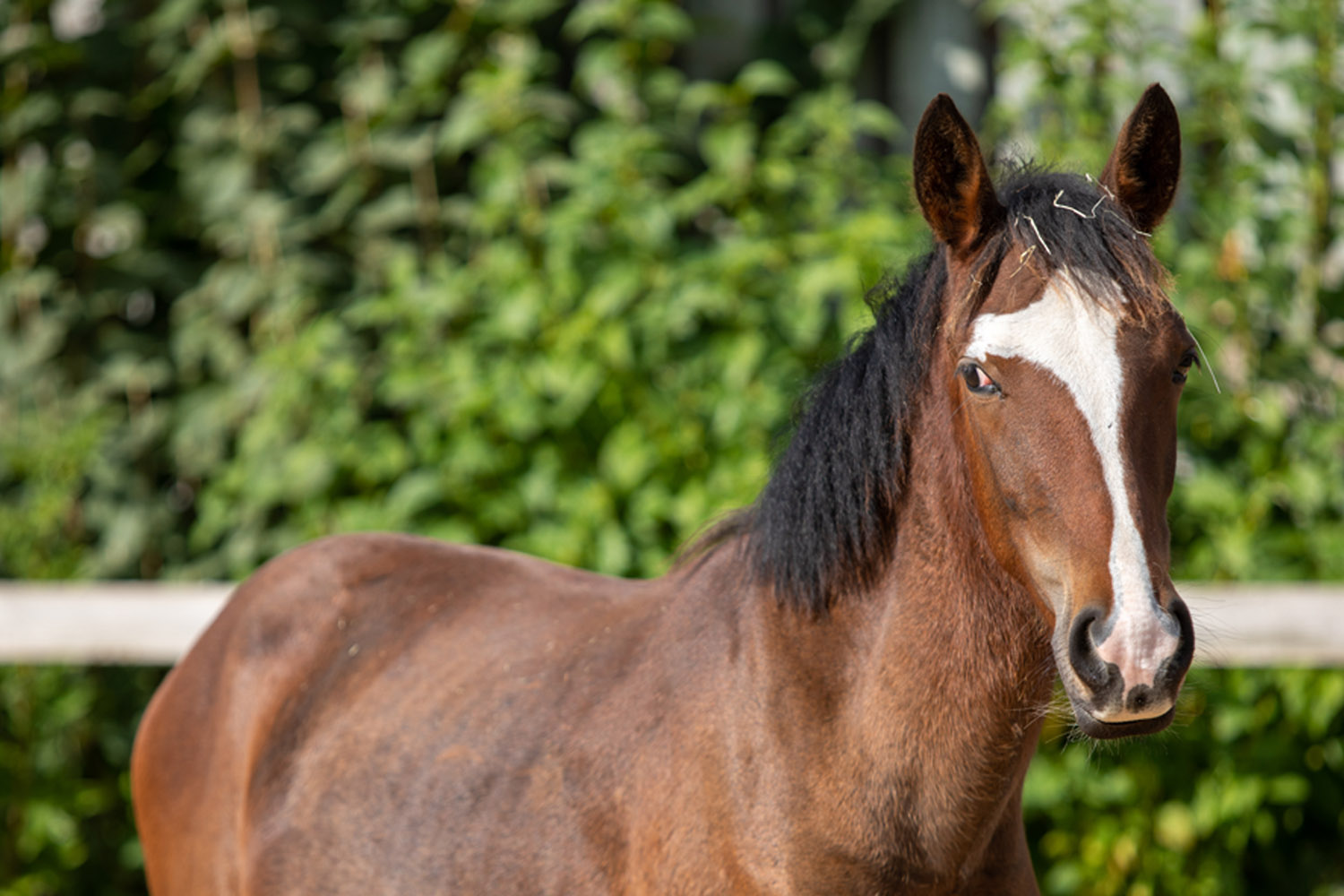If you are a horse enthusiast, understanding what are the different parts of a horse bridle is crucial. Bridles are an essential piece of equipment in the equestrian world, playing a significant role in the communication between rider and horse. This guide will walk you through the various components that make up a horse bridle, explaining their functions and importance. Whether you’re a seasoned rider or someone new to the equestrian arena, this article aims to deepen your knowledge about the different parts of a bridle.

The Essential Components of a Horse Bridle
The Headstall
The headstall is the main part of the bridle that fits around the horse’s head. It connects other components such as the bit and reins. It’s vital to ensure a comfortable fit to prevent irritation and ensure effective communication.
The Crownpiece
The crownpiece lies across the top of the horse’s head, connecting the two sides of the bridle. Its fit can significantly impact the comfort and effectiveness of the bridle.
The Browband
Sitting just below the horse’s ears, the browband prevents the bridle from sliding backward and also adds an aesthetic touch. You’ll find browbands in various styles and sizes to suit different horses and tastes.
The Cheekpieces
Cheekpieces are the straps that connect the crownpiece to the bit, positioning the bit in the horse’s mouth. Proper adjustment is crucial for horse comfort.
The Throatlatch
The throatlatch is a strap that prevents the bridle from slipping over the horse’s ears by supporting the headstall’s lower portion. It should be snug but not too tight, as per the guidelines from horse care experts.
The Noseband
The noseband encircles the horse’s nose and can aid in better control. It must be positioned correctly to avoid discomfort or breathing interference.
Understanding Bits and Reins in Bridles
The Bit
The bit is arguably the most important element, sitting in the horse’s mouth. It allows the rider to communicate cues effectively. Choosing the right bit is crucial for maintaining horse comfort and response.
The Reins
Reins are the means by which the rider guides the horse. Proper length and grip are vital, as emphasized when discussing stirrup sizing.
The Importance of Padding and Fit
Padding, such as on the noseband and browband, enhances horse comfort. Ensuring a good fit helps in preventing sores and irritation.
Customization and Styles of Bridles
Leather vs. Synthetic Bridles
Many riders prefer the traditional leather bridle for its elegance and strength. However, synthetic bridles offer low-maintenance alternatives.
Types of Bridles
Different types of bridles are available, such as dressage, jumping, and trail bridles, catering to specific styles and horse disciplines.
Maintenance and Care of Bridles
Cleaning Your Bridle
Regular cleaning enhances bridle longevity. Both leather and synthetic bridles require maintenance, albeit with slightly different methods.
Storing Your Equipment
Proper storage, in a cool and dry place, is critical to preserving the quality of your bridle, as well as other equipment like saddles discussed on weight considerations for saddles.
Buying the Right Bridle
Choosing the Right Size
Select the right bridle size to ensure it fits both the horse and aligns with your riding requirements.
Budget Considerations
While quality should not be compromised, there are a range of options available to fit different budgets.

Faq Section
Why is the bit important in a bridle?
The bit is crucial for communication between the rider and horse. It needs to be comfortable and suited to the horse’s mouth.
How tight should the noseband be?
The noseband should allow for a couple of fingers to fit underneath, ensuring that it is snug but not restrictive.
Can a bridle be used without a bit?
Yes, bitless bridles are an alternative for horses that prefer not to have a bit in their mouth.






